Optimistic Estimates Suggest
That at least 50 percent of today’s spoken languages will be extinct by 2100
Boozhoo, indinawemaaganidog! Aaniin! That is to say hello, all of my relatives! Welcome to another edition of An Irritable Métis. I intended to write this newsletter last night but I became utterly distracted by the excellent spectacle of the WNBA winner-take-all Game Five championship tussle between the New York Liberty and Minnesota Lynx. The Liberty claimed victory in overtime after it seemed like the Lynx were going to run them right out of the gym in the first half. I was pulling for the Lynx but, given New York is one of the original franchises in the league and have never won a championship until last night, I’m happy for them. It was a thrilling game from beginning to end and I’m happy to have had my evening taken over by it.1 What marvelous and skilled athletes these women are in a sport I’ve loved for a long time but rarely take time to watch anymore. I enjoyed every minute of it. I tried to get back to working on this then and made some progress … but not enough. So here we are now.
At this point in the introduction I usually take some time to yammer on about Instagram2 and paying for a subscription and blah blah blah. If you’ve been here a while you know how it works. This time I’m just going to stake this button here and move on. You know what’s worth something to you and what isn’t.
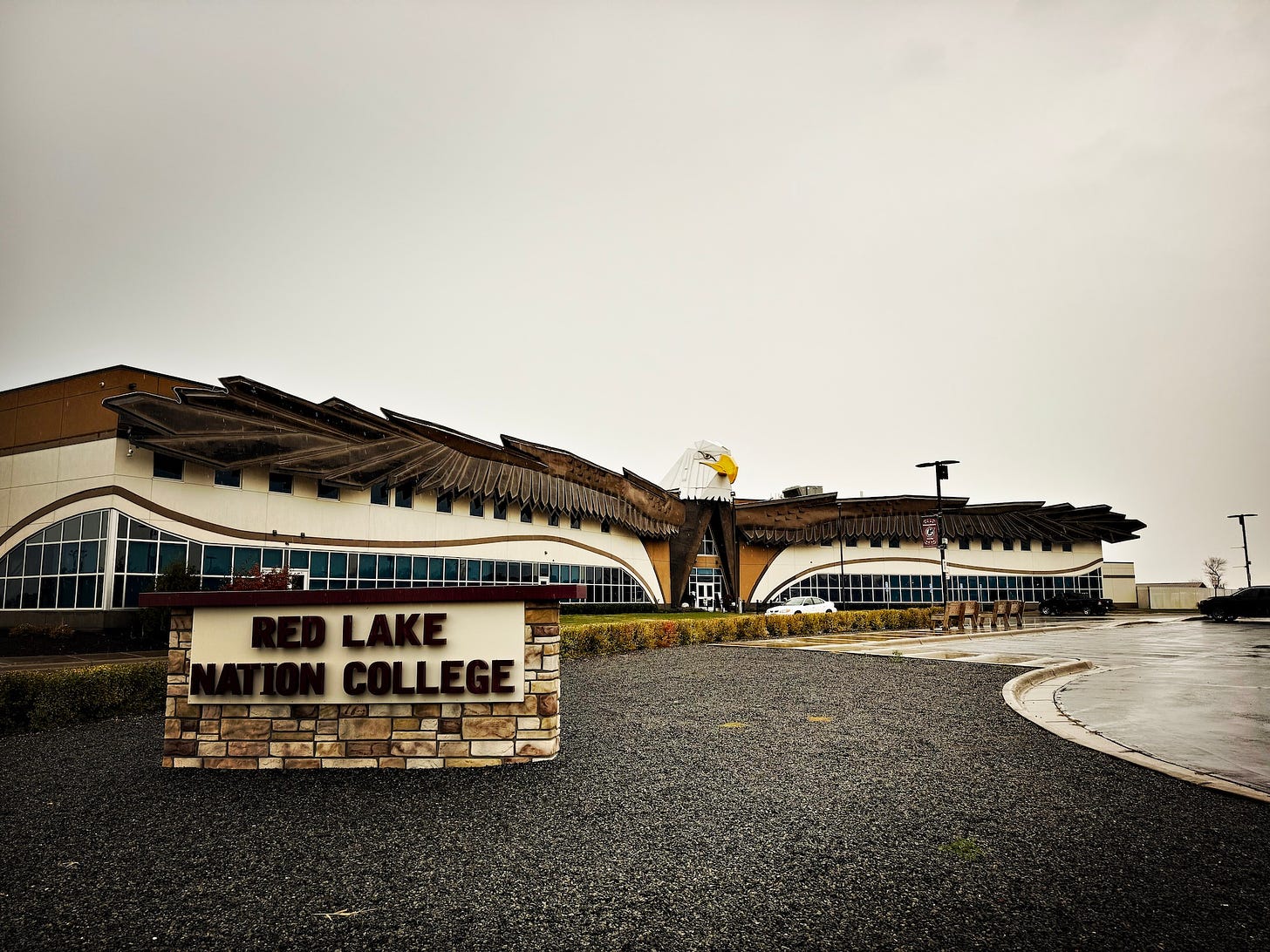
In the closing of the final session of the language conference in Belcourt on Turtle Mountain last week we’d announced we would take one more question and an elder from the audience asked for the microphone. She began thanking us for all of our work and then started talking about the “little yellow bird” and how we must not forget him and all he does to help us keep our language alive.
The “little yellow bird.”
I can hear it rolling off her tongue and how my heart swelled to hear it. The “little yellow bird” being Aginjibagwesi, the goldfinch. Aginjibagwesi is important to us as Anishinaabe people, but also as a messenger who has appeared multiple times in my life this year in startling ways. I felt his appearance yet again during this conference was another reminder from him for me to keep at it. To use this growing platform I have to keep at it, even if my knowledge of the language remains barely nascent, because this work is so critically important. My elder’s words gave me the opportunity to tell, for the second time at the conference, the story I have about Aginjibagwesi; I’ve probably told it in this newsletter at some point. But it’s one of my favorites. Perhaps I will here again soon.
Which leads me to this reflection, one I’ve been rolling around in my head for days: If someone would have told me as recently as five years ago that language revitalization and recovery would become possibly the most important element of my “returning to” story I might have been mildly surprised. Yet here I am running all over a huge swath of country in pursuit of it. In pursuit of people who can speak it and are willing to teach it. I think for this week I’ve been as close to being immersed in the language as is possible outside of an immersion language school. Every conversation I had was with people peppering their speech with Anishinaabemowen and Michif. Prayers were made and songs were sung; I could pick words up here and there, even if most of it was unintelligble, but no less stirring for it. In the communities I visited, particularly in Red Lake, there were signs everywhere in Anishinaabemowen. It was beautiful.
The importance of teaching and preserving Indigenous languages has never been greater. The United Nations declared 2022 – 2032 to be the International Decade of Indigenous Languages. From the UN website:
“Optimistic estimates suggest that at least 50 percent of today’s spoken languages will be extinct or seriously endangered by 2100. More pessimistic, but also realistic estimates claim that 90-95 percent will become extinct or seriously endangered by the end of this century. Most of these languages are Indigenous languages. Humanity may well have only 300-600 oral languages left that are unthreatened by the end of this century.”
What a grim statistic. What a sign that we need to do whatever we must to turn the tide.
My trip began in Culbertson, Montana3. Truly a border town, in that it is located barely east of the border of the Fort Peck Reservation and barely west of the border with North Dakota. It’s not a large school by any measure but I still spoke to over 100 kids ranging from 5th graders through high school assembled on bleachers in a gymnasium and they were wonderful. I was there on Indigenous People’s Day and took the opportunity to discuss many Indigenous concerns4, particularly the renaming of the day. A few kids think it shouldn’t be renamed out of respect for Italian Americans. Which led to a discussion of the ability of people who want to reconnect to their Italianness having an opportunity to return to Italy if they really want to.5 When I asked the audience where they think Native people could go in a similar pursuit, a young girl answered, “Back to their reservation?” It stung a little bit but there was no malice in her answer; she was earnest and engaged and how could she possibly know better? I gently pointed out that reservations aren’t necessarily even located in the place the people were originally from, though for many of us that really is about the only place we can go ... if we even have a reservation, which as Little Shell we don’t. For me my return to such was this trip to Turtle Mountain, and to Red Lake. Winnipeg calls to me as well. I also stumbled across a little community in Trenton, ND, where I was invited and honored and deeply moved for such. But these communities are in no way “immersed” in their traditional language, or culture, and they are far away from where I live.6
I love learning and sharing all I can of this good fortune of being Anishinaabe, the language and the culture, but it is a long, uphill battle. I went out to this conference to make connections I can bring back to my Little Shell community in an effort to be an active participant in rebuilding the ties that will return us to who we were before we were scattered across the west. The result of that effort are contacts who are interested in helping with that and I couldn’t be happier about it. Additionally, I am speaking to students at the brand new Minneapolis branch of the Red Lake Nation College in the coming days and my friends I can hardly wait. I am so very grateful for the opportunity that writing this book and engaging with my wider relatives has provided me.
And this is only the beginning.
MIDWEST-ISH TOUR PICKS UP IN EARNEST
I’ve been out here a week and busy as heck and feeling more than ever that sense of having feet in multiple worlds and I’ve hardly even talked about the book to anyone. That is about to change; here is what is unfolding in the coming days!
Also, if you know people in the vicinity of these barnburners, will you please help spread the word? That helps more than you might realize!
Mon, Oct. 21 – Stories from the Trail event at Moon Palace Books, Minneapolis, MN – 6:30pm – Details
Tues, Oct. 22 – Zenith Bookstore, Duluth, MN – 7:00pm – Details7
Thurs, Oct. 24 – Book Lovers Ball with Milkweed Editions, Minneapolis, MN – 6:00pm – Details
Fri, Oct. 25 – Mill City Museum with Milkweed Editions and Birchbark Books, Minneapolis, MN – with James Vukelich Kaagegaabaw – 7:00pm – Details
Sat, Oct. 26 – Prairie Lights Bookstore, Iowa City, IA – 3:00pm – Details
Mon, Oct. 28 – Otium Brewing with the Miles City Public Library, Miles City, MT – 5:30pm
Tues, Oct. 29 – Schoolhouse History and Art Center, Colstrip, MT – 6:30pm
T-SHIRT UPDATE!
Friends, the order has been placed! The shirts will be completed and on their way to you in next few weeks. If you missed out, you missed out. I can’t wait to see them and I can’t wait to (hopefully!) see some photos of some of you ROCKing them!
There may have even been some Chinese takeout delivered by DoorDash but who can really say?
Seriously considering shutting it down again too after this leg of dates is behind me and we’ll see how that plays out.
Home of the Cowboys and Cowgirls!
I’m told about 40% of the kids going to school there are from the reservation.
Yes, for some people it is more complicated than that but generally, no. If you want to tie your identity to honoring a soulless butcher like Columbus that’s a you problem. Wouldn’t even someone like Giorgio Chinaglia be a better choice than friggin’ Columbus?
I will also say that entering the lands of my Red Lake Chippewa relatives was a spiritual experience that manifested physically in my body, there’s no other way to describe it. Just the approach felt like moving from one Place to another. I did not expect that.
This last minute addition to the gig list rose directly from this newsletter and also involves a visit to speak to students and I can’t say how much I love that.



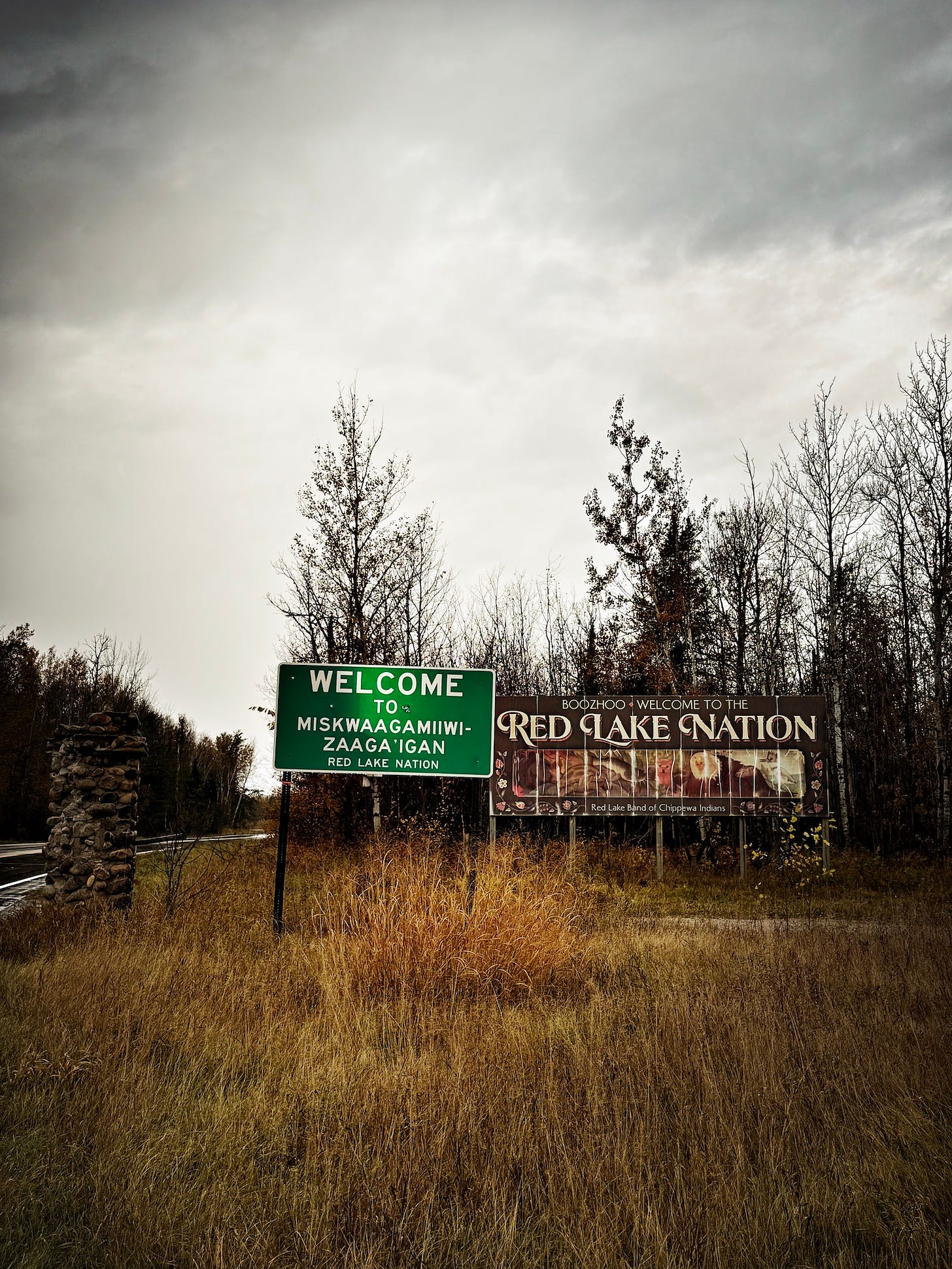
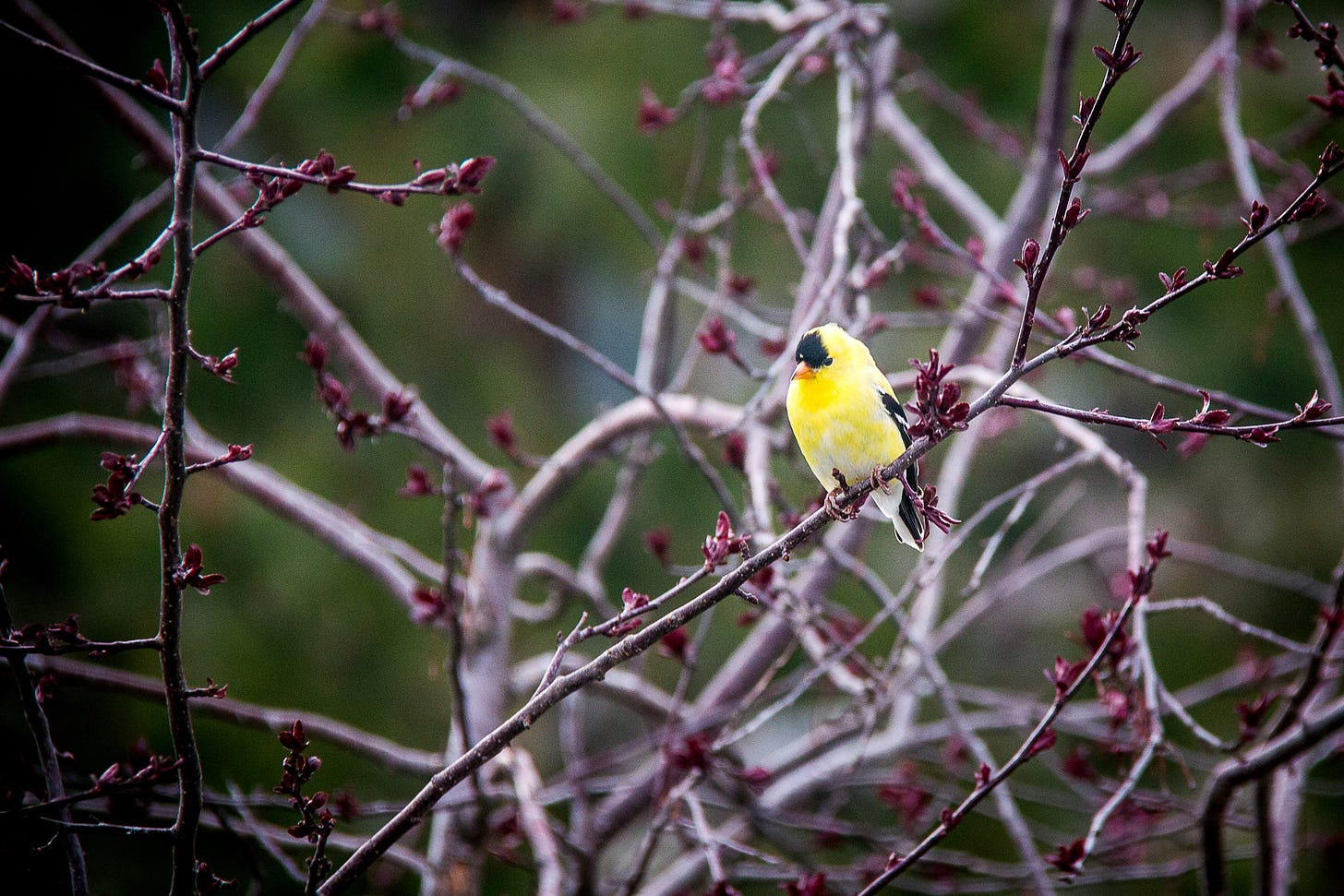
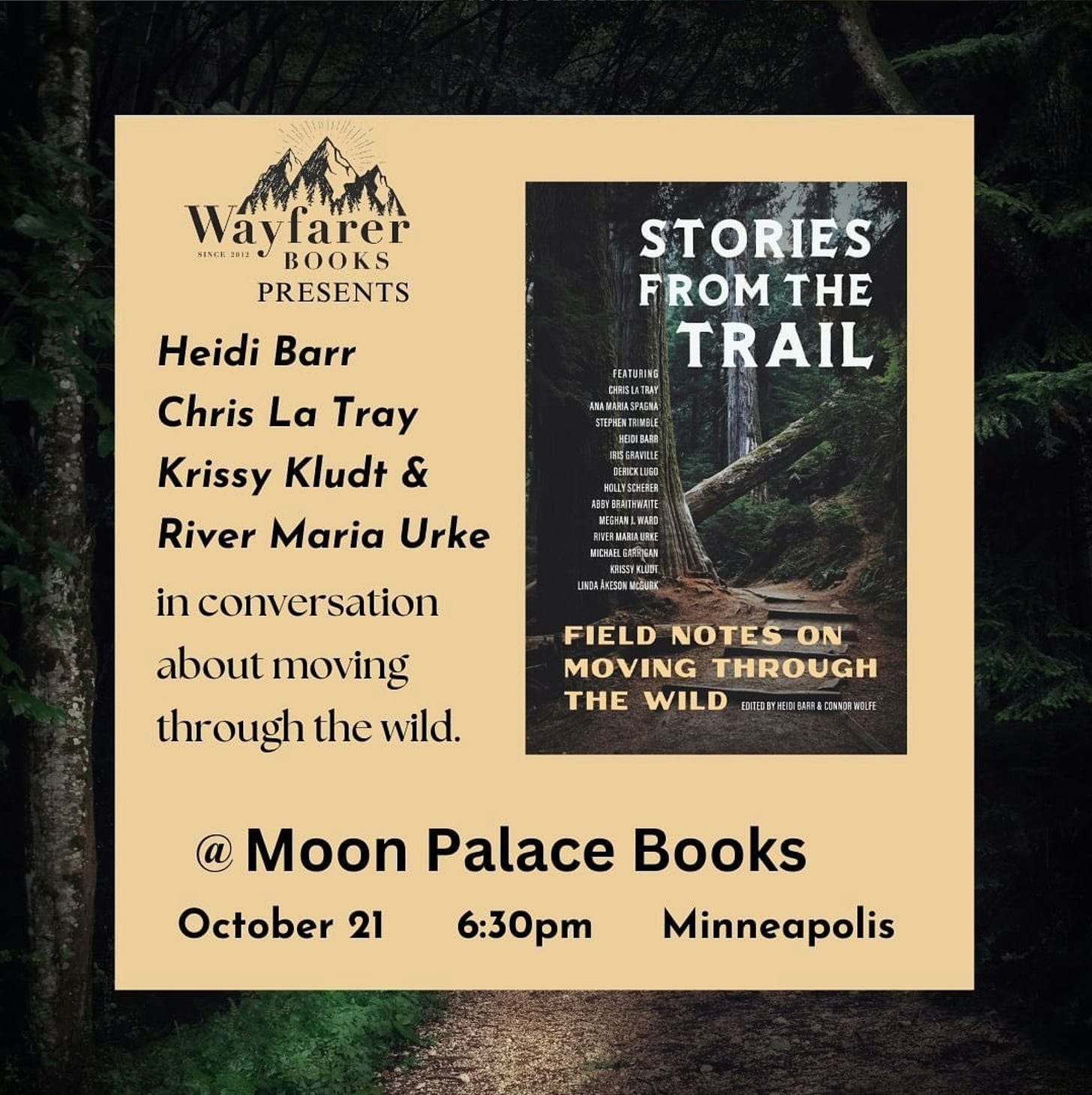
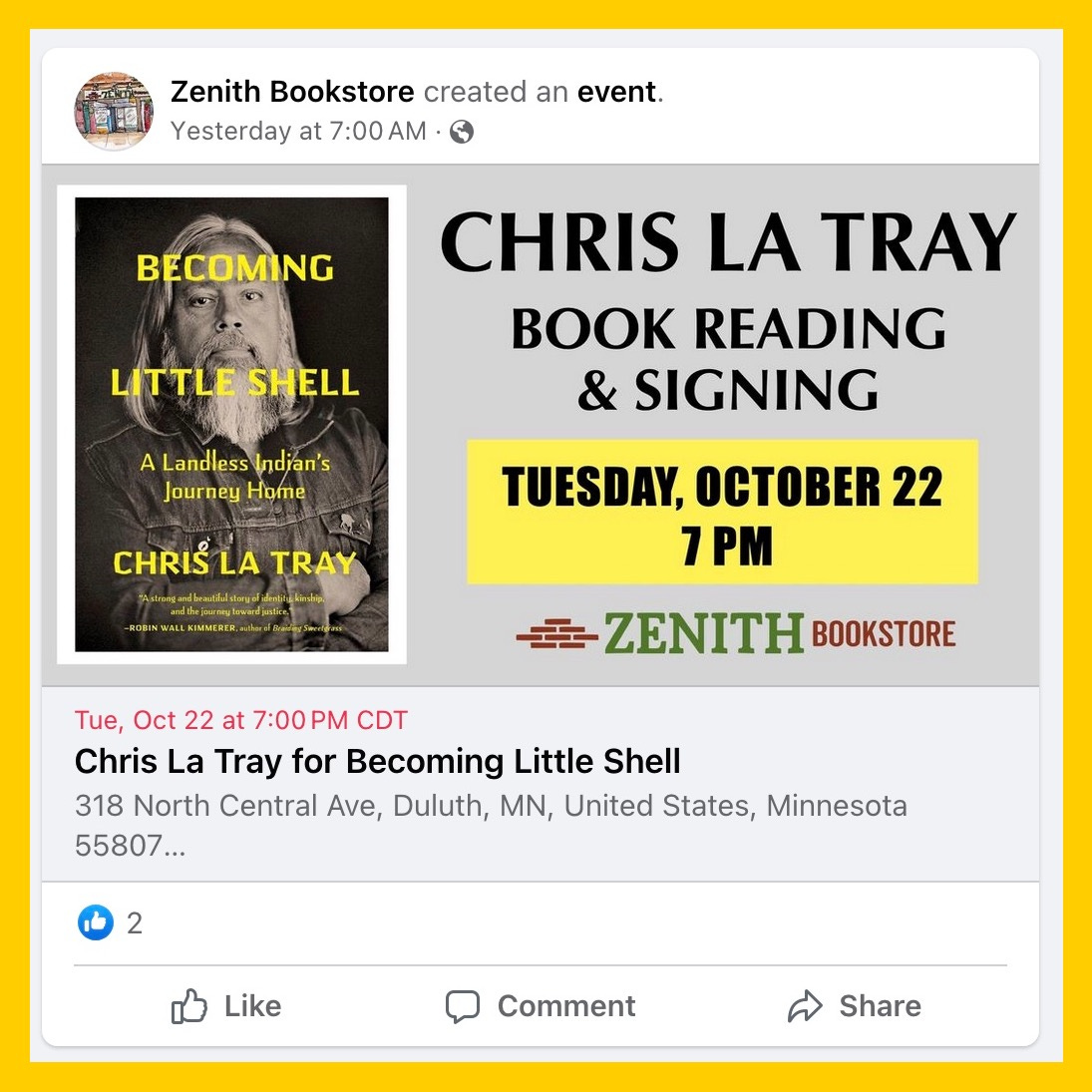
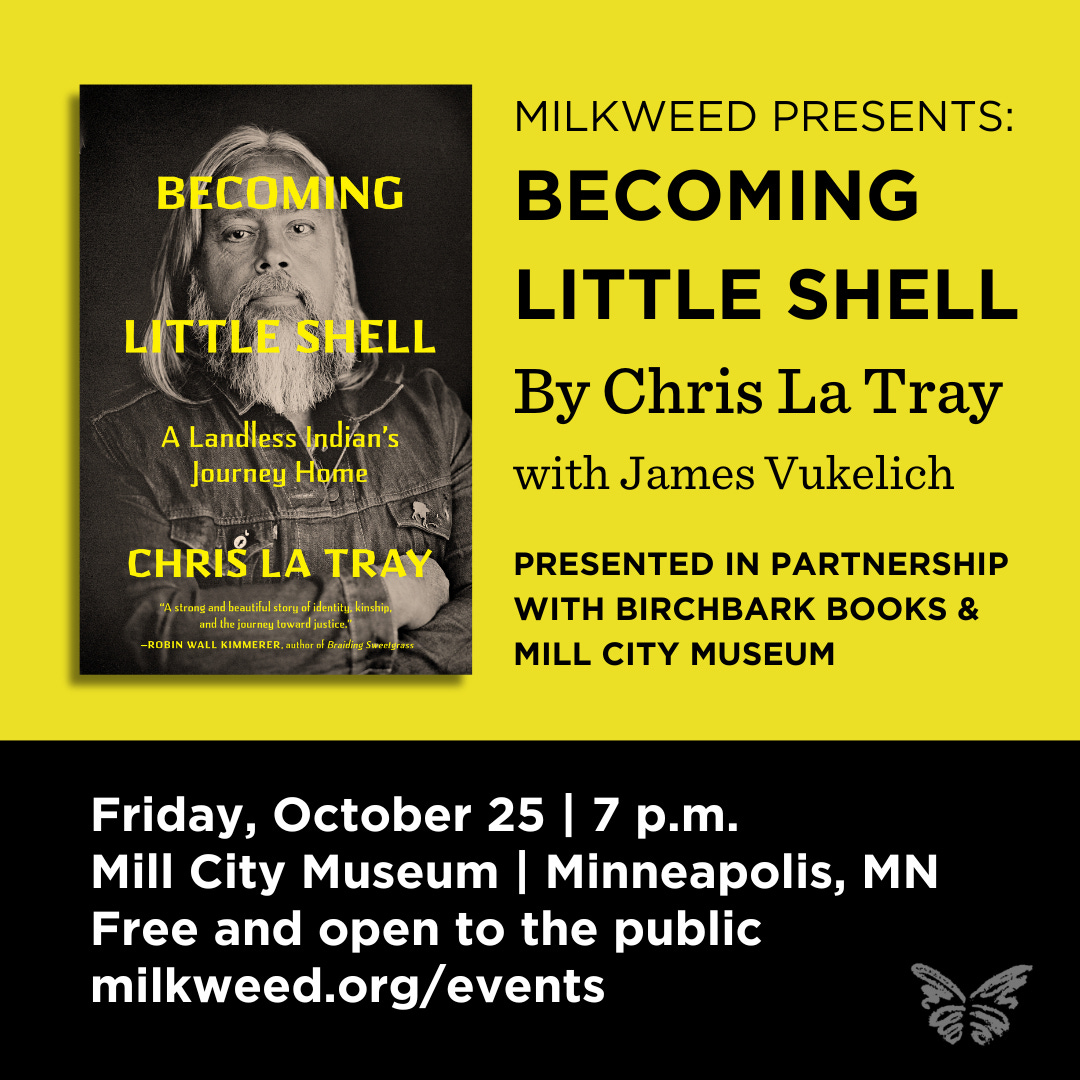

It made me so happy to see the newsletter begin with recognition of Red Lake College as an excellent center of education. I'm thrilled you will get to the new Minneapolis campus. Looking forward to hearing you at the Mill City Museum on Friday.
Chris, thank you for flagging language. I've had the pleasure of speaking five languages, although all but English are now rusty. All were Indo-European, but even so, each expressed a culture in a unique way. It is said that to destroy a culture, first destroy its language, and nowhere is that truer than for indigenous languages. My thanks and best wishes to all fighting to keep linguistic and cultural diversity alive.